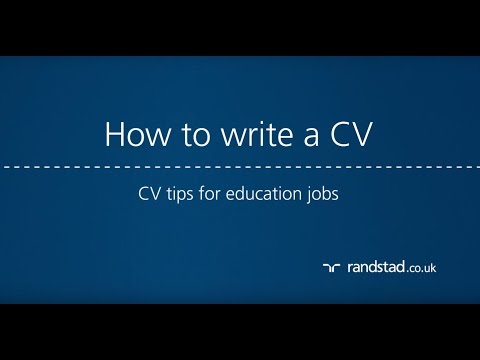Want to be a music teacher? Here's how you can ace your application:
- write a fantastic CV
- create a winning cover letter
People working in music teaching jobs provide music lessons to people of all ages, from beginners to advanced students, both privately as freelancers or employed by schools or colleges. Whether applying for a job providing private lessons or teaching full-time at a municipal secondary school, presenting oneself effectively with a professional-looking cover letter and resume is vital.
A good music teacher is not only proficient at playing one or more instruments and/or singing, but is also a skilled and competent teacher, who is enthusiastic about all forms of music and able to transmit that enthusiasm to the students. Music teachers must be very patient and encouraging, and capable of guiding their students further in their chosen field at beginner as well as more experienced levels.
Before starting work on a CV and cover letter for music teaching jobs, knowledge of the entry requirements needed for that specific position are essential. Study the qualities, both professional and personal, required for the job before starting work and write down a list of the most important features of the role. From this point it should be easier to create a focused document that succinctly reflects the requirements of the job specification.
How to write a music teaching job CV.
- If you have have completed further training with either the Incorporated Society of Musicians (ISM) or the Associated Board of the Royal Schools of Music (ABRSM), ensure this is listed on your CV. Membership of professional organisations, including ISM and the Musicians' Union, will also impress readers. High on the list of qualifications is the Music Teaching in Professional Practice (MtPP) postgraduate qualification offered by the University of Reading, though this is by no means a prerequisite for teaching music.
- Similarly, scholarships and awards received from institutions such as the Royal Academy of Music should be listed as well as grades achieved on individual instruments, music components of first degrees/PGCEs and any important performances/recitals that the individual has been personally involved in.
- It's also useful to highlight any instances from previous employment/voluntary work of working with children on specific musical projects such as productions or performances.
- In terms of the general format, a good and effective CV is well-presented and succinct. Stick to the point and omit any information that is incoherent or irrelevant. While knowledge of every nuance of grammar may not be essential for a job teaching music, poor spelling or sloppy typing errors will not impress anyone, so read through everything thoroughly before sending it.
Our education recruiters reveal what you should include in your CV here:
How to write a good music teacher cover letter.
- In addition to a general enthusiasm for music and good teaching skills, important qualities for a music teacher are: a good knowledge of a range of musical styles; good communication skills; self-motivation and organisation; and a patient and encouraging approach.
- Illustrate these personal characteristics in a cover letter by referring to previous positions, situations that arose and benefits gained. In applying for a music teaching job, it is the interaction with the pupil that counts as much as the professional level of musicianship of the individual.
- Those with little classroom experience can still demonstrate experience of working with children or young adults, from volunteering in a local club or community centre to playing in the town's band: all of these can be worked into a great cover letter for a music teacher's job.
As with any application for a teaching job, those applying for a position as a music teacher should ensure both their cover letter and CV is concise, well-presented, and honest. Remember to spell check, attach any documents requested in the job posting and submit the application well within the deadline.
If you’re looking for more CV help, why not watch our video guide to nailing your CV fundamentals.




